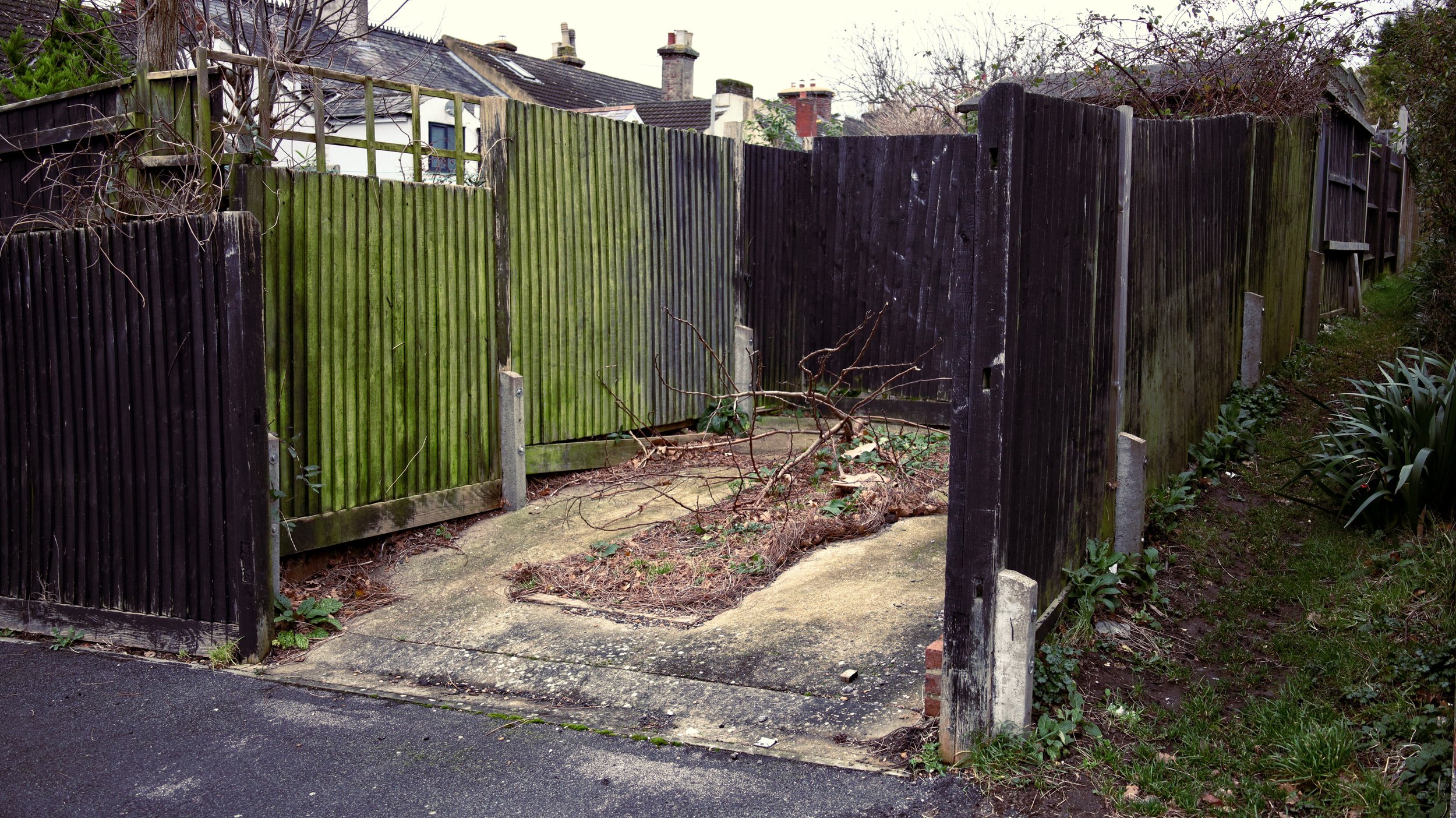You know when you’re reading a novel and the protagonist pours himself a glass of wine and the liquid is dark, heavy and inviting, but when he brings the glass to his lips his fingers tremble and the glass slips from his grasp and falls to the floor and the wine soaks into the carpet and he weeps? That’s the and…and…and sentence right there, unfurling for as long as the author has the nerve to keep adding to it.
The and…and…and sentence is a tricky beast. When used without thinking, a piece of writing can come across as amateurish, the author unimaginative, the sentences (like the one above) reaching for a gravitas that simply isn’t there. In the right hands applying the right touch, though, it can elevate a passage, making it urgent, poetic, desperate, despondent or something else entirely. So what’s the secret behind using it properly?
Be sparing
When you find a writing crutch, it can be tempting to lean on it for all it’s worth. The problem is that if you rely on and…and…and too much, you run the risk of diluting its impact. For an example of this, see the Jack Kerouac novel Big Sur, which contains entire chapters linked only by ellipses, run-on sentences and and…and…and. It’s a bit much.
In his short novel Old Man, William Faulkner uses it only when his protagonist, a convict, is in mortal peril:
‘And he saw the machine gun, the blunt thick muzzle slant and drop the probe toward him and he still screaming in his hoarse crow’s voice, “I want to surrender! Cant you hear me?” continuing to scream even as he whirled and plunged splashing, ducking, went completely under and heard the bullets going thuck-thuck-thuck on the water above him and he scrabbling still on the bottom.’
In this passage, the relentless pace of the ‘ands’ is used to demonstrate that events are moving well beyond the convict’s control. With each additional element, Faulkner reduces the convict from a man with a voice to an animal scrabbling in the dirt for survival. In actual fact, this isn’t a million miles away from a passage Kerouac might write. The difference is that Faulkner doesn’t return to and…and…and again until many chapters later when the convict is about to lose control once more — this time due to his new home being forcefully taken from him. The construction appears only sparingly, so when we do find a sentence containing it, we know things are about to move up a gear.
Use monosyllabic words
When building an and…and…and sentence, it’s a good idea to keep your vocabulary choice relatively simple so the reader doesn’t lose the thread. One writer who was famous for doing this was Mr Hemingway. In the opening 126 words to A Farewell to Arms, he uses ‘and’ a total of 14 times; only a single word, ‘afterward’, is more than two syllables in length. Here’s a slightly less well-known passage of his, taken from ‘The Short Happy Life of Francis Macomber’:
‘They drew up close and he could see the plunging hugeness of the bull, and the dust in his sparsely haired hide, the wide boss of horn, and his outstretched, wide-nostrilled muzzle, and he was raising his rifle when Wilson shouted, ‘Not from the car, you fool’ and he had no fear, only hatred of Wilson, while the brakes clamped on and the car skidded, and Wilson was out on one side and he on the other, and then he was shooting at the bull as he moved away.’
This is actually only part of the sentence; in its entirety it’s more than half a page long. What’s immediately noticeable here is how monosyllabic the words around the ‘ands’ are. It creates a staccato effect that drives the reader on, urging them to follow the sentence to its conclusion. Despite its length, the entire passage remains clear, comprehensible: Macomber is hunting an animal with a man named Wilson. The reader knows exactly where they are in the sentence at any time; they don’t have to grapple with complex terminology or florid prose, nor are they waylaid by lengthy relative clauses. They are right there in the car next to Macomber, feeling his fear and exhilaration as he closes in on the kill.
Keep some distance between each clause
The more you let the individual clauses breathe, the less likely the reader will notice you’re using and….and…and, and the more they’ll become lost in the sentence as a whole as it flows down the page. John Steinbeck often uses this tactic in The Grapes of Wrath to rail against social injustice:
‘And a homeless hungry man, driving the roads with his wife beside him and his thin children in the back seat, could look at the fallow fields which might produce food but not profit, and that man could know how a fallow field is a sin and the unused land is a crime against the thin children.’
Here, the sentence starts with an ‘and’, and contains three clauses in total. The first clause is by far the longest at 34 words, while the second is 12 words and the third 11. Steinbeck front-loads the sentence, setting out his hypothetical scenario, before dialling it back with each subsequent clause as he drives home his point. The effect is hard-hitting without being preachy or repetitive, and a relatively complex argument on economic gain vs. morality is summed up in a single sentence thanks to his use of and…and…and.
Of course, there are always exceptions to maintaining distance. Here is one:
‘The boy was stumbling he was so tired and the man picked him up and swung him onto his shoulders and they went on.’
No prizes for guessing this is Cormac McCarthy. His prose consists primarily of brief, blunt, yet poetic sentences that are either left to stand alone or that are linked together with and…and…and. The sentence above reads almost like a telegram, yet it reveals much about the two characters. There is the boy, who, despite having endured so many horrors in his short life and been forced to grow up quickly, is still the same as any other child — when he’s tired, he wants his father to carry him. And there is the man, who takes every obstacle in stride and keeps going because he has to. The way McCarthy avoids breaking the sentence up into four separate ones enables him to convey a sense of fatigue, desperation and persistence, all in one.
It’s quite the challenge to try to use and…and…and without coming across as either derivative or clumsy. Then again: if you don’t try you’ll never manage it.
(Note: I couldn’t find any examples of women writers using ‘and…and...and’. I thought of Lucia Berlin or Lydia Davis, but their sentences rarely grow so long. Maybe, based on the examples above, it’s a white guy thing).



